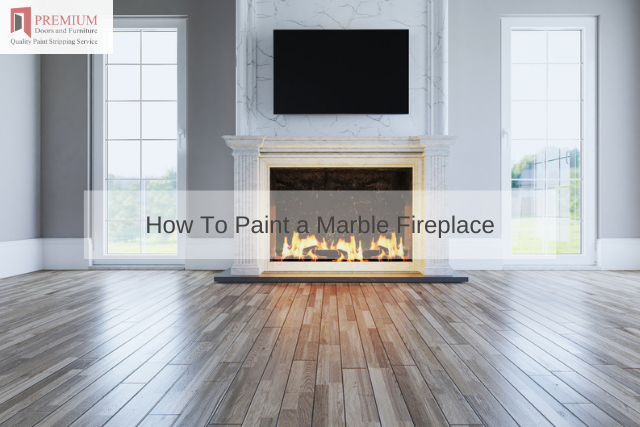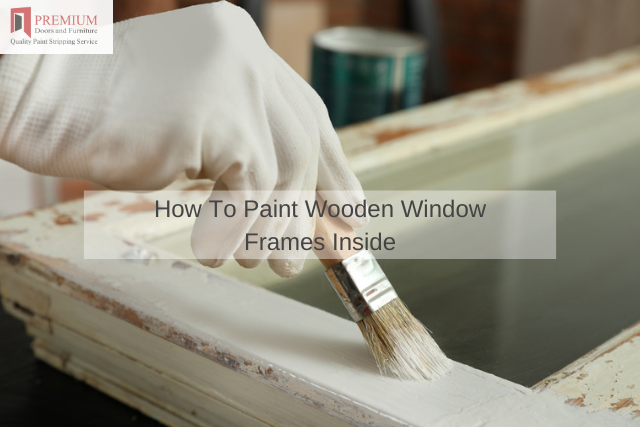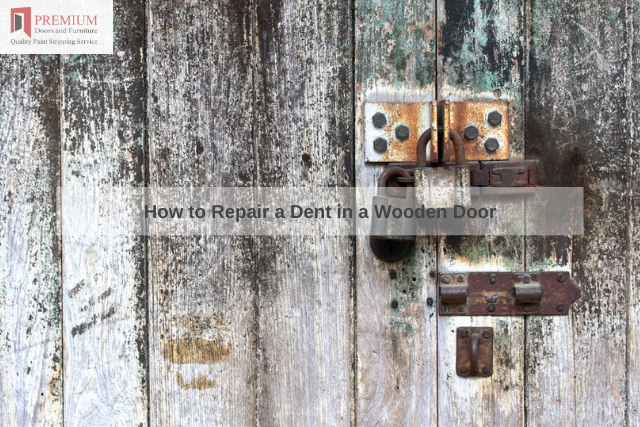A marble fireplace surround is known to add a touch of beauty to your house, giving it a unique visual appeal.
However, choosing a marble fireplace surround comes with a major drawback; when damaged with age, it is quite expensive to replace. An alternative to replacing a marble fireplace is painting.
Although you will lose the marble natural stone touch, you will achieve a new look of your choice that rhymes with your house décor. So then, how should you go about painting your expensive marble fireplace? Read on to find the tips you can use.
Step by Step Guide on Painting Your Marble Fireplace Surround:
First, clean the marble surface to remove dirt, dust, grease and other contaminants. You may use mineral spirits or any other effective solvent-based cleaner.
Check for any cracks within the surface and refill them as they are likely to affect the uniformity of your painting. An epoxy filler works well in covering the cracks.
Use a 220-grit sandpaper for sanding the glossy marble surface to roughen it. Roughening the surface makes it more accepting primer and paint. Be sure to roughen all the surfaces you need to paint and wipe them with a tack cloth to remove any residual sand dust.
Lay protective clothing around and under the fireplace to protect the surrounding from paint. Additionally, cover the surrounding walls with painters’ tape.
Now cover the marble surface with a three in one primer suitable for glossy surfaces. The primer contains a primer, sealer, and an undercoat. Leave it to dry before adding a second layer for proper coverage.
Inspect the primer for dryness and when it completely dries up, sand the surface again using a 220-grit sandpaper to prepare it for the paint. Again, wipe it using a tack cloth to remove residual dust.
Now paint the surface using your preferred gloss paint. Use a brush or a roller to apply the paint, thinning it as per the instructions on the label. Let the first coat dry before applying a second one, sanding in between the coat layers to achieve the desired uniformity.
Continue applying thin layers of paint until you are satisfied with the results. Sand the coats and ensure they are dry before applying another coat for better bonds and long-lasting paint. After applying the last layer, leave it to dry for at least 24 hours before igniting the fireplace. Ensure that you use heat resistant paint.
If your end paint is not as pleasing as you expected, you may consider removing the paint. You can hire professional removal services from fireplace paint removal. They will help restore your fireplace to its former state.
Conclusion
Adopt the above steps and give your marble fireplace surround a new look. However, if you feel that you cannot do the painting yourself, you can always request professional help from Premium Door Stripping. These are experts with years of experience in painting and paint removal services on marble fireplaces.











